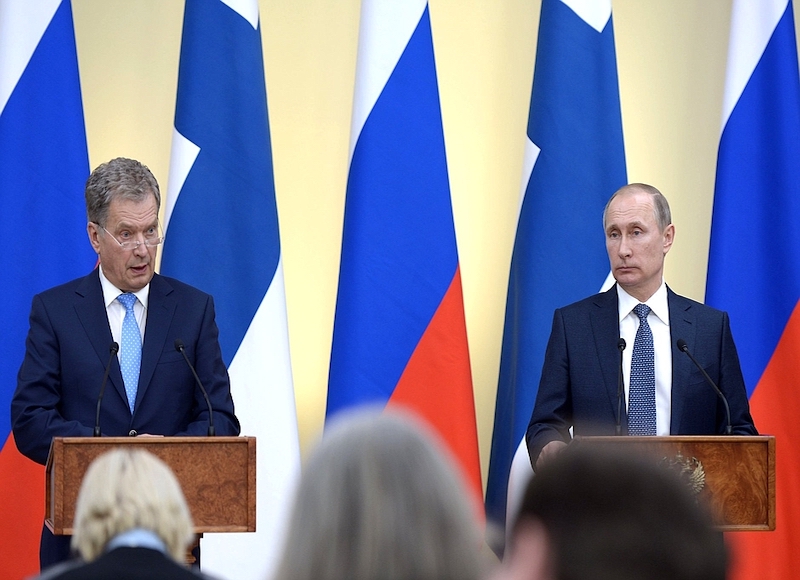
The need to confront climate change is no longer solely an academic debate. It is a policy priority. Climate change is one of the most devastating environmental problems of this century and has recently found its way into the center of political debate and discussion, even making its way onto President Barack Obama’s agenda as a priority for the second term. Sustainable development, (originally identified in the 1987 Brundtland Report), can be defined as, “development which meets the needs of the present without compromising the ability of future generations to meet their own needs.” This term has become increasingly popular among politicians, as they debate over how to mitigate an unstable environment, while simultaneously continuing to stimulate their economies and increase growth. There is concern over the trade-off between continuing current energy use patterns that are potentially altering the global environment and changing these patterns to minimize the risks of global climate change. Bill McKibben, a highly acclaimed environmentalist, author, and journalist, who has written extensively on the impact of global warming, summarizes the most significant, and as he phrases it, terrifying math involved when assessing the impacts of climate change. The numbers involved are worth a look in order to truly get a sense of why sustainable energy development should be a priority on every countries agenda.
There is worldwide acknowledgement now, originating from the 2009 drafting of the Copenhagen Accord, that global temperatures must stay below two degrees Celsius. Why? So far, modern industrial civilization has raised the average temperature of the planet by approximately 0.8 degrees Celsius, causing far more damage globally than most scientists ever expected; there have been massive extinctions of species, agricultural losses from regional shifts in temperature and rainfall, 30 percent of the world’s oceans are more acidic, and the Arctic sea ice has melted to a record low, to name but a few of observable effects. Is two degrees too much if we are already experiencing devastating effects at 0.8 degrees Celsius? NASA scientists James Hansen, the planet’s most prominent climatologist made a blunt and sobering statement when he said, “the target that has been talked about in international negotiations for two degrees of warming is actually a prescription for disaster.” Scientists and experts in the field of climate change study have warned that at a two-degree rise in temperature, many would not survive especially smaller, developing nations, who are most at risk of being seriously impacted by climate change.
The next question then, is how much oil, coal and gas can we still safely burn without increasing the earth’s temperature? Politicians, although aware and ready to find ways of mitigating climate change, they must do so without sacrificing economic growth. According to some computer models, humans may introduce an additional 565 gigatons (GT) of carbon dioxide into the atmosphere by midcentury with a reasonable chance of staying below two degrees. This calculation is often referred to as the “carbon budget.” However, Bill McKibben argues that at current levels of consumption, studies predict that carbon emissions will keep growing by roughly three percent a year, far surpassing the 565 GT prescribed allowance. The consequences of which could be dire. Therefore, reconciling current consumption behaviour with the realities of unsustainable resources will be one of the biggest challenges in policy making for all countries if we are to sustain this planet and continue thriving.
This challenge, reducing our reliance on fossil fuels, while continuing to drive economic growth is an increasing complex issue, given the next number presented in McKibben’s analysis. 2, 795 GT: this is the amount of oil, coal and gas reserves that humanity plans on expending, which, as it turns out, is five times higher than 565 GT (the above mentioned threshold). In order to avoid the risks associated with expending this amount of fossil fuels and dramatically exacerbating the already damaging effects of climate change, the fossil fuels industry would need to keep about eighty percent of the fossil fuel in the ground-locked away. If this were to become reality today, world economic growth would decline significantly, by an estimated average of negative 0.59% per year between now and 2050-not a very appealing policy initiative given today’s global economic predicament. There is need to bridge the gap between our energy rhetoric-“green and clean”-with economic reality and sustainability. A balance between promoting sustainable energy policies that spur economic growth, while continuing to protect the environment is a more feasible option.
 What this might translate into- in terms of policy- is that in addition to funding research and development programs aimed at renewable energy such as wind and water, a substantial portion might be devoted to finding more efficient ways of extracting and thence using fossil fuels that will promote sustainability and environmental protection. The European Union is already ahead of the game, utilizing renewable energy much more than the rest of the world. Canada has also made efforts in this direction, being flagged as a potential global leader in both the alternative energy and environmental fields, given its vast amount of resources, and promising market for alternate energy-a hotbed for clean technology innovation. According to President Obama, we are in dire need of a game changer, a new strategy, with focus on building a clean energy economy – one that will rely less on fossil fuel, and therefore, bolster security, produce stable jobs, and build a sustainable and widely shared prosperity, for we owe it to our ‘future selves’. Mitigating climate change, while continuing to increase economic growth does not have to be a trade-off-in fact, they may complement one another and can exist in harmony-economic growth may drive technological change and increase energy efficiency, given the right policy initiative.
What this might translate into- in terms of policy- is that in addition to funding research and development programs aimed at renewable energy such as wind and water, a substantial portion might be devoted to finding more efficient ways of extracting and thence using fossil fuels that will promote sustainability and environmental protection. The European Union is already ahead of the game, utilizing renewable energy much more than the rest of the world. Canada has also made efforts in this direction, being flagged as a potential global leader in both the alternative energy and environmental fields, given its vast amount of resources, and promising market for alternate energy-a hotbed for clean technology innovation. According to President Obama, we are in dire need of a game changer, a new strategy, with focus on building a clean energy economy – one that will rely less on fossil fuel, and therefore, bolster security, produce stable jobs, and build a sustainable and widely shared prosperity, for we owe it to our ‘future selves’. Mitigating climate change, while continuing to increase economic growth does not have to be a trade-off-in fact, they may complement one another and can exist in harmony-economic growth may drive technological change and increase energy efficiency, given the right policy initiative.




